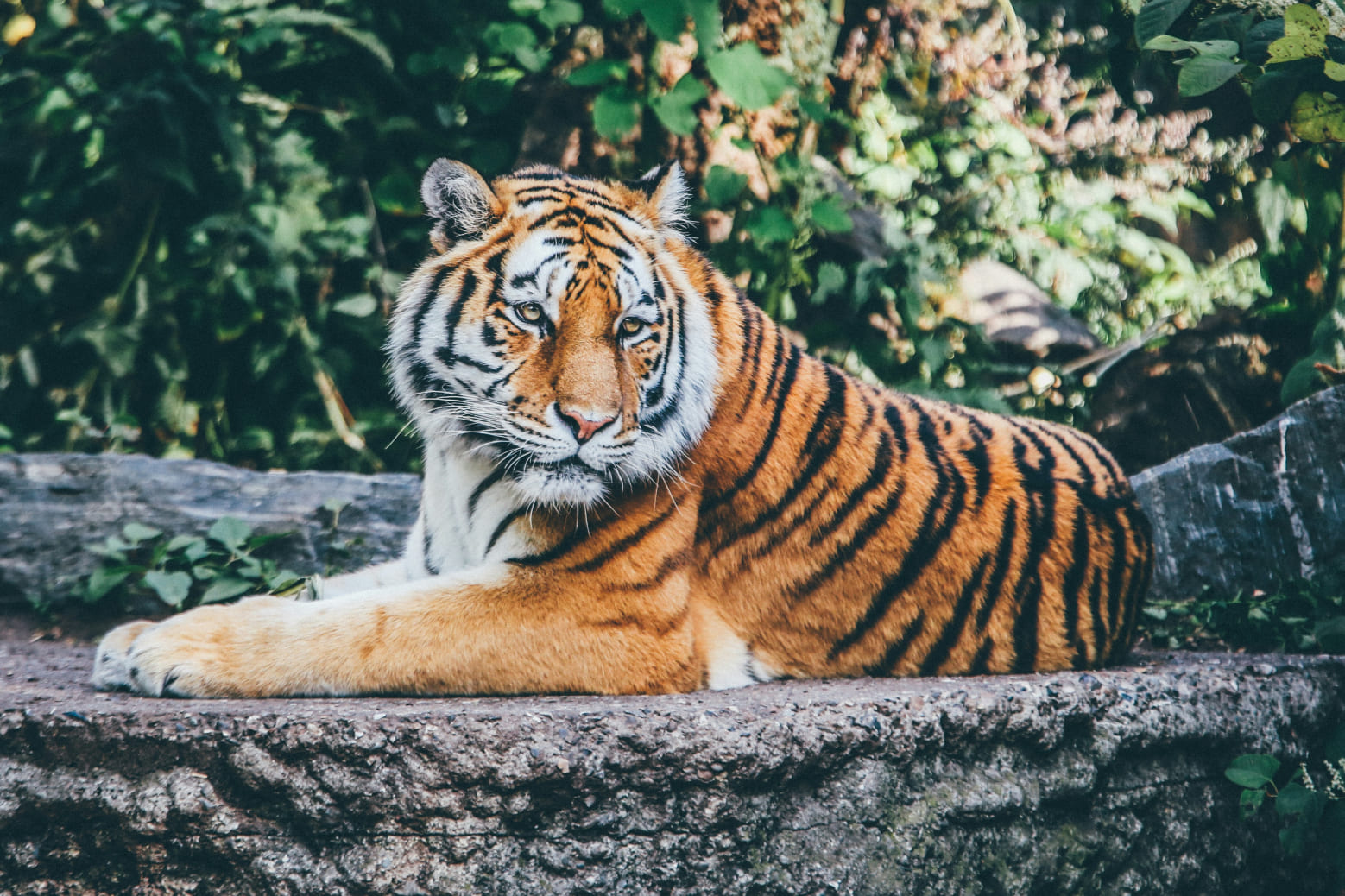
Animals
Tiger

The tiger (Panthera tigris) is a symbol of strength and beauty, tracing its evolutionary roots back over 2 million years. Fossil evidence indicates that tigers first emerged in Asia, with their ancestors spreading across vast territories, adapting to diverse habitats ranging from dense tropical forests to cold Siberian tundras.
Tigers evolved as solitary hunters, relying on stealth, strength, and speed to capture prey. Their striking orange coat with black stripes provides exceptional camouflage in their natural environments. Over time, subspecies of tigers have developed unique traits to suit their regions, such as the thick fur of the Siberian tiger or the compact body of the Sumatran tiger.
Despite their dominance in the wild, tigers face significant challenges today. Habitat loss, poaching, and human-wildlife conflict threaten their populations. Conservation efforts have become critical to ensuring the survival of this magnificent species, whose evolutionary journey continues to inspire awe.